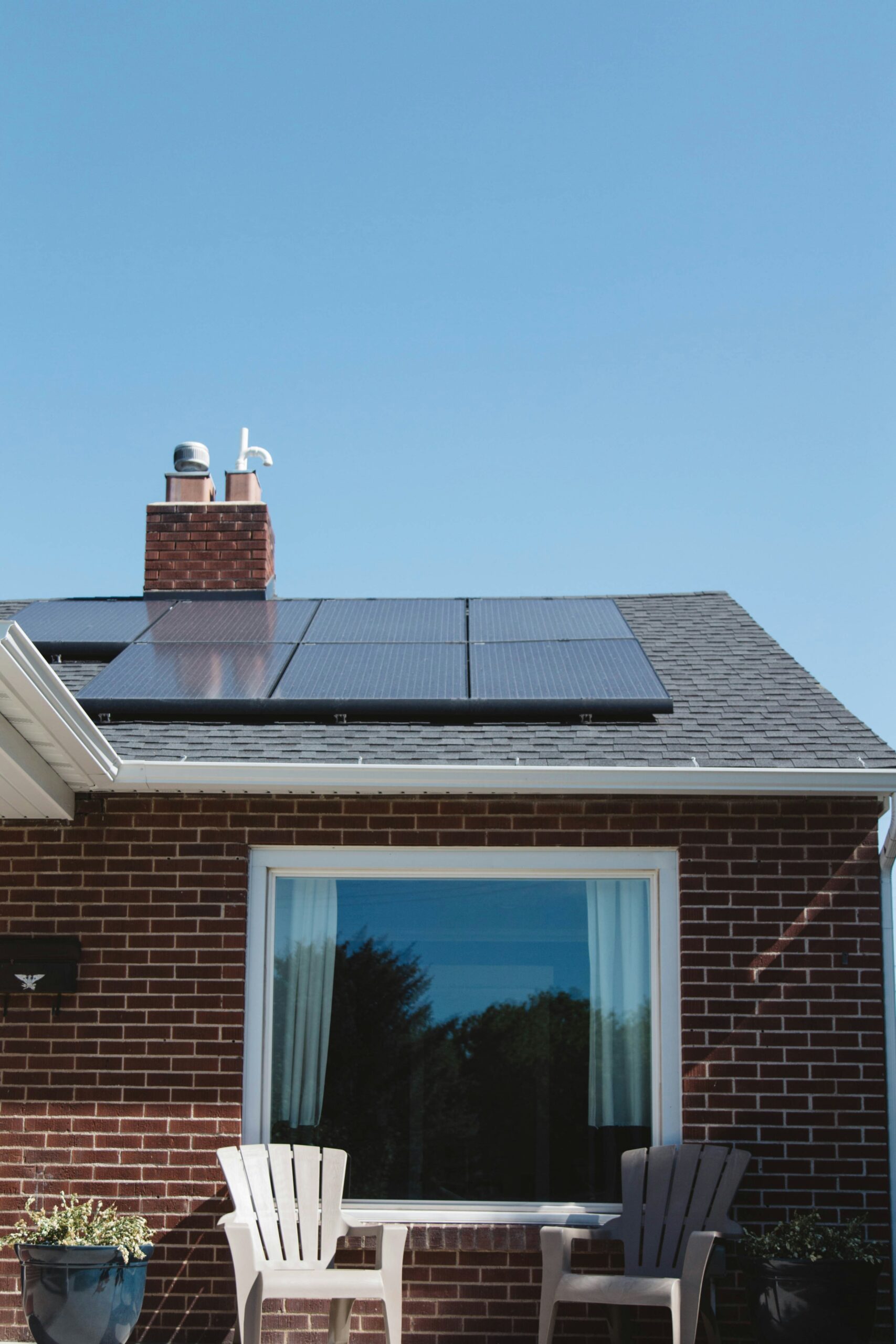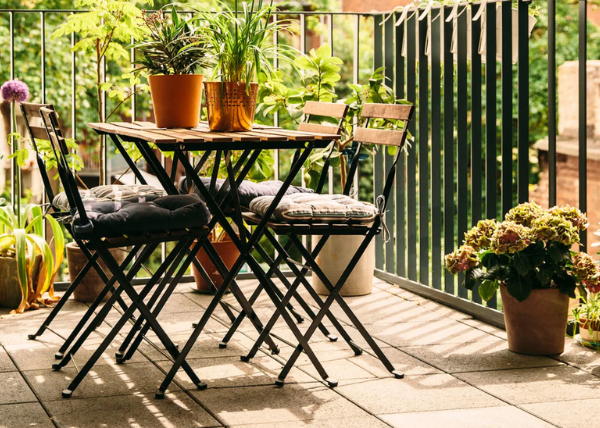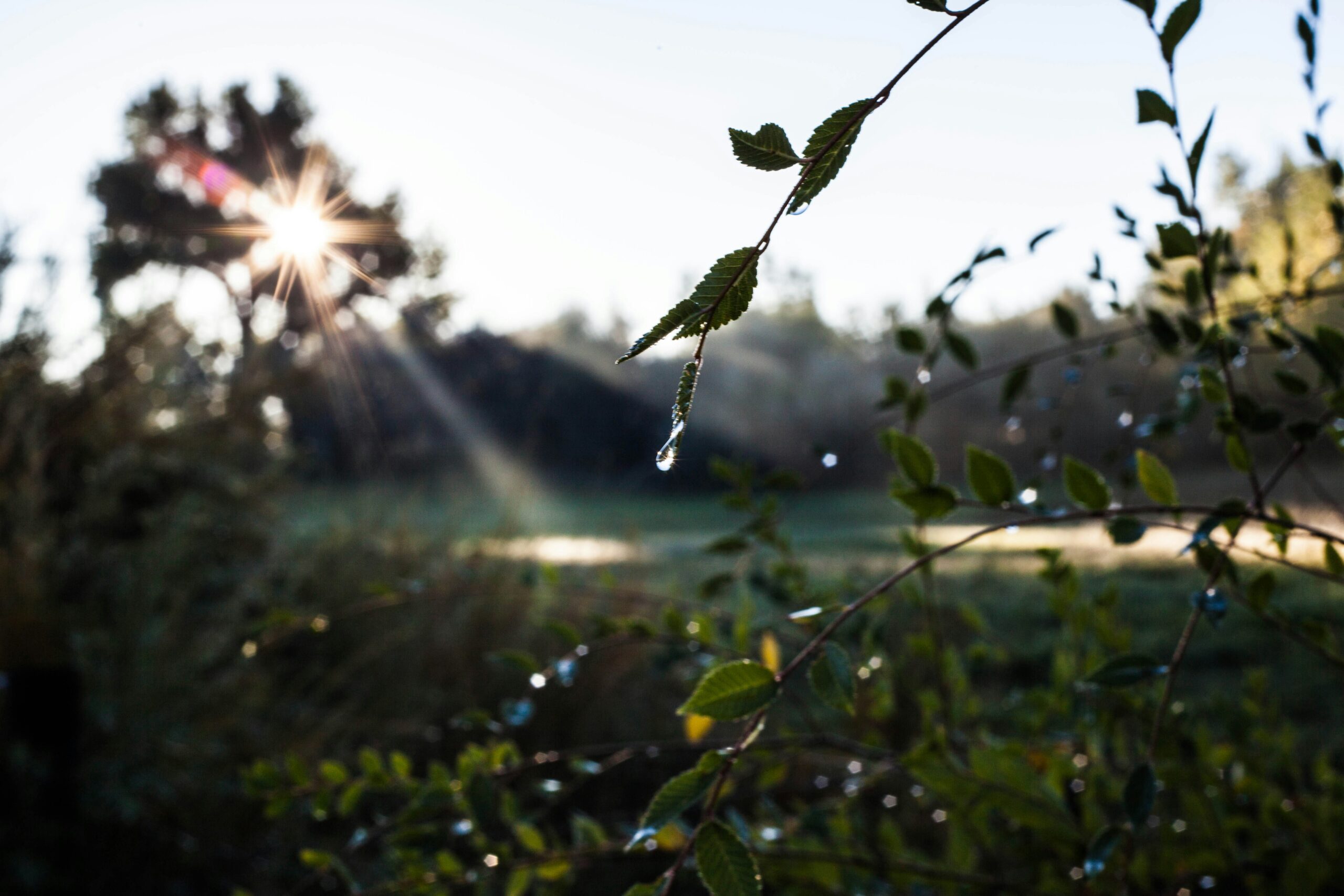10 tips to clean the air at home
Did you know that indoor air is up to five times more polluted than outdoor air? Let's not be alarmed. At Monapart Madrid we give you these 10 tips to clean the air at home and breathe healthier.
The "grey beret" of Madrid, rush hour traffic, factories spewing white smoke... surely this is what comes to mind when we talk about "pollution". Did you know that indoor air is up to five times more polluted than outdoor air?
These "toxic" particles come from common, everyday elements such as building materials themselves (the now banned asbestos in insulation, certain granites, radon gas in most floors, paints, varnishes), detergents and cleaning products, air fresheners, pet hair, textiles such as blankets, bedding, soft toys, carpets... Let's not panic, we are not going to dramatise. First of all, we accept that it is not possible to breathe completely clean air. But we can adopt small habits that can attenuate the presence of these harmful particles and achieve improving indoor air quality and, by extension, reduce the symptoms of allergies and respiratory problems. Let's take a look at some of them:
1. Ventilate the house.
It is very grandmotherly to ventilate the house, but it is good to open the windows wide and to do so for at least half an hour (also in winter!) and in the early morning (especially if you live in a city). Avoid it in the middle of the day and at night, when pollution is at its highest levels. And keep windows or balconies closed especially when your pollen allergies flare up.
Ventilating helps to create air currents that will: 1) Prevent moisture from building up in the house and 2) Expel harmful substances.
2. Against mould and damp.
For a healthy environment, the humidity level should be between 40% and 60%. Humidity is an accumulator of polluting particles and it is not something that only happens in beach flats. Poor insulation or in any house in winter, with heating and low outside temperatures, it is common to have condensation problems inside. And there, when the indoor humidity is above 60%, harmful particles and moulds appear.
The bathroom is the part of the house where most damp accumulates, and extractor fans are now commonplace in these rooms to try to counteract the impossibility of ventilating when there is no window outside. If it is too late and the signs of damp are already visible, there are some natural solutions to clean and keep these stains at bay: bicarbonate, white vinegar and sea salt are good allies. And a trick to get rid of damp in wardrobes: put small cloth bags filled with salt and change them once a month.
On the other hand, avoid hanging clothes out to dry indoors. When drying, water accumulates in the room and facilitates the appearance of mould and fungus. This is something that is not visible to the naked eye at first, but the reality is that they spread quickly.
3. NASA plants.
We recently told you about it in the post A home consistent with your ecological values. NASA was the first organisation to determine in the late 1980s a list of plants that contribute to the purification of air in homes and offices, ratified and expanded in another study conducted in 2016 by the environmental organisation Wolverton Environmental Services. This type of plant has a special ability to filter out the most common indoor pollutants: benzene, xylene, ammonia, trichloroethylene and formaldehyde.
The best known: dracaena, bamboo palm, common ivy, ribbons, ferns, tiger's tongue, aloe vera, rubber tree. And also flowers: gerberas, the butterfly orchid, the peace lily, azaleas, chrysanthemums.

4. Low VOC (volatile organic compounds) furniture.
There are a large number of building materials and furniture whose paint, varnish, glue or conservation treatments contain organic compounds and chemicals that emit vapours that pollute the environment. In fact, most furniture is treated or contains formaldehyde, a substance that in the long term represents a health risk.
This was recently explained by architect Paula Rosales at the last edition of the Open House Madridwhen he showed us his Toolkitchen on the Monapart route. A healthy" modular kitchen designed by his studio, More&comade with materials that do not emit toxins and allow for easy cleaning. An example of good design thought from the impact on health.
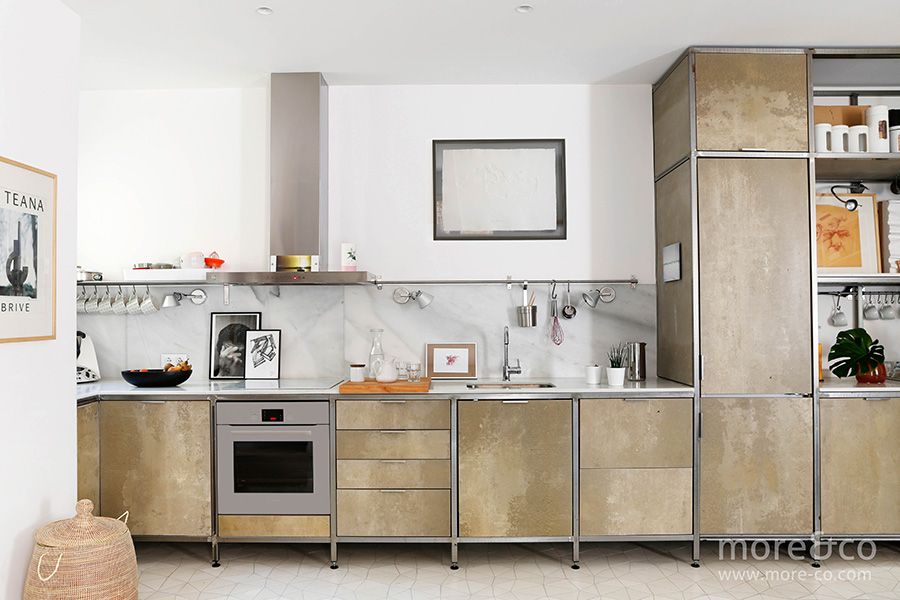
If you have to buy a piece of furniture and you want to make sure that it does not contain pollutants, ask for formaldehyde-free wood and wood made with varnishes and lacquers with low or zero VOC emissions. There are several online shops that have been born with this will and "eco" spirit: Ekoideas, Lufe Furniture o EcoDeco are some examples.
5. Mineral and vegetable paints.
Most paints are petroleum-based and polluting. It is true that there are certain water-based and heavy metal-free paints that have been an improvement over the traditional ones we have been using. In many of them you will see that they are labelled Ecolabelwhich indicates low VOC (volatile organic compound) emissions. However, this does not mean that they are environmentally friendly, only that their toxicity has been reduced. In fact, in many cases they still contain harmful substances such as propylene glycol and glycol ethers.
Ecological paints already exist that are obtained from minerals (silicates, lime or clay) and plants (resins, vegetable oils, starches, waxes). Special mention should be made of lime paint, which not only does not emit harmful substances, but also absorbs CO2 from the air and acts as a natural bactericide.
6. Non-toxic cleaning products.
Bleach, polishes, air fresheners, flavourings, grease solvents... the toxicity of these products can cause symptoms such as asthma, coughing, dizziness or shortness of breath as they release a series of substances that are harmful to our lungs, affecting our respiratory and cardiovascular systems.
Ecological cleaning products are already available. Neutral soap, with a formulation that is neither too alkaline nor too degreasing and not too scented. The SOAP NUTS biodegradable, eco-friendly liquid dishwashing and laundry detergent, citric acid packs...
And we also have healthy homemade alternatives: white vinegar, bicarbonate of soda, alcohol, salt, lemon... This post Make your own homemade eco-friendly detergent comes in handy.
- Vinegar and lemon are good degreasers and disinfectants. Vinegar contains acetic acid, which reduces and cuts grease, has antimicrobial and antibacterial properties. Good combination for damp stains on tiles and worktops, window panes and in general for cleaning kitchens, bathrooms and appliances. Vinegar, already well known for cleaning parquet.
- Baking soda, great for neutralising and removing unpleasant odours. Perfect for absorbing grease or oil stains, and for cleaning delicate surfaces and clothing.
- Ethyl alcohol to remove grease or glue stains.
- Salt, with its "exfoliating" and absorbent power, to remove dirt and bad smells.
We accept that it is not possible to breathe completely clean air. But we can adopt small habits that can mitigate the presence of these harmful particles and improve indoor air quality.
7. Cleaning of air conditioning filters.
At least once a month, it is essential to eliminate unpleasant odours and to avoid respiratory discomfort if you are allergic to dust or pollen. The filters should be cleaned under running water with mild soap and water or use a hoover to remove embedded dust. No chemicals!
8. Pet bath.
Animals, both feathered and furred, give off substances that can reduce indoor cleanliness. This is especially true for dog and cat dander. Bathing them weekly will help to reduce allergens floating around the house.
9. HEPA filters: Air purifiers.
HEPA filters (High Efficiency Particle Arresting(a.k.a. "high efficiency particle trap") are designed to prevent the passage of pollutants. They are able to trap between 85% and 99.97% of them, even the smallest ones. They are installed in air conditioners, air renewal devices or hoovers.
The use of a high quality air purifier with a HEPA filter is the fastest solution to fight indoor pollution. Devices of this type help to clean a large amount of air, which is really key for the most sensitive people: babies, elderly people, people with very acute allergies or with health problems.
10. Dual-flow ventilation.
This goes beyond our list of "home" habits and goes further, as it has to do with an installation in the structure of the house itself. It is the technological answer to the "open windows" we mentioned at the beginning.
This is an intelligent ventilation system using internal ducts aimed at achieving constant air renewal in the home and also recovering the heat or cold expelled to the outside. This solves the two problems of the traditional opening of windows: the renewal of air is no longer relegated to a specific time of the day (clearly insufficient to clean the stale atmosphere over the hours) and on the other hand, the accumulated heat in the house is not lost (in winter) and the entry of heat is prevented (in summer). GMG Arquitectos explains it in detail here: Dual-flow ventilation: the intelligent ventilation.
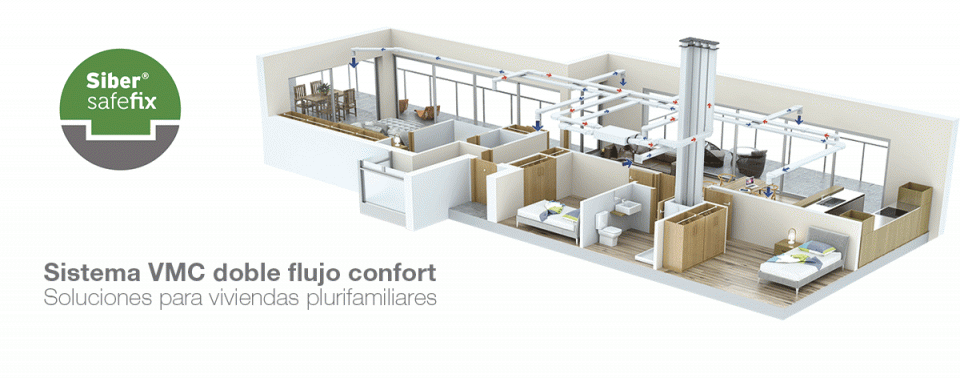
We hope these ideas can help you improve the air inside your home - clean air be with you, young Padawan!



